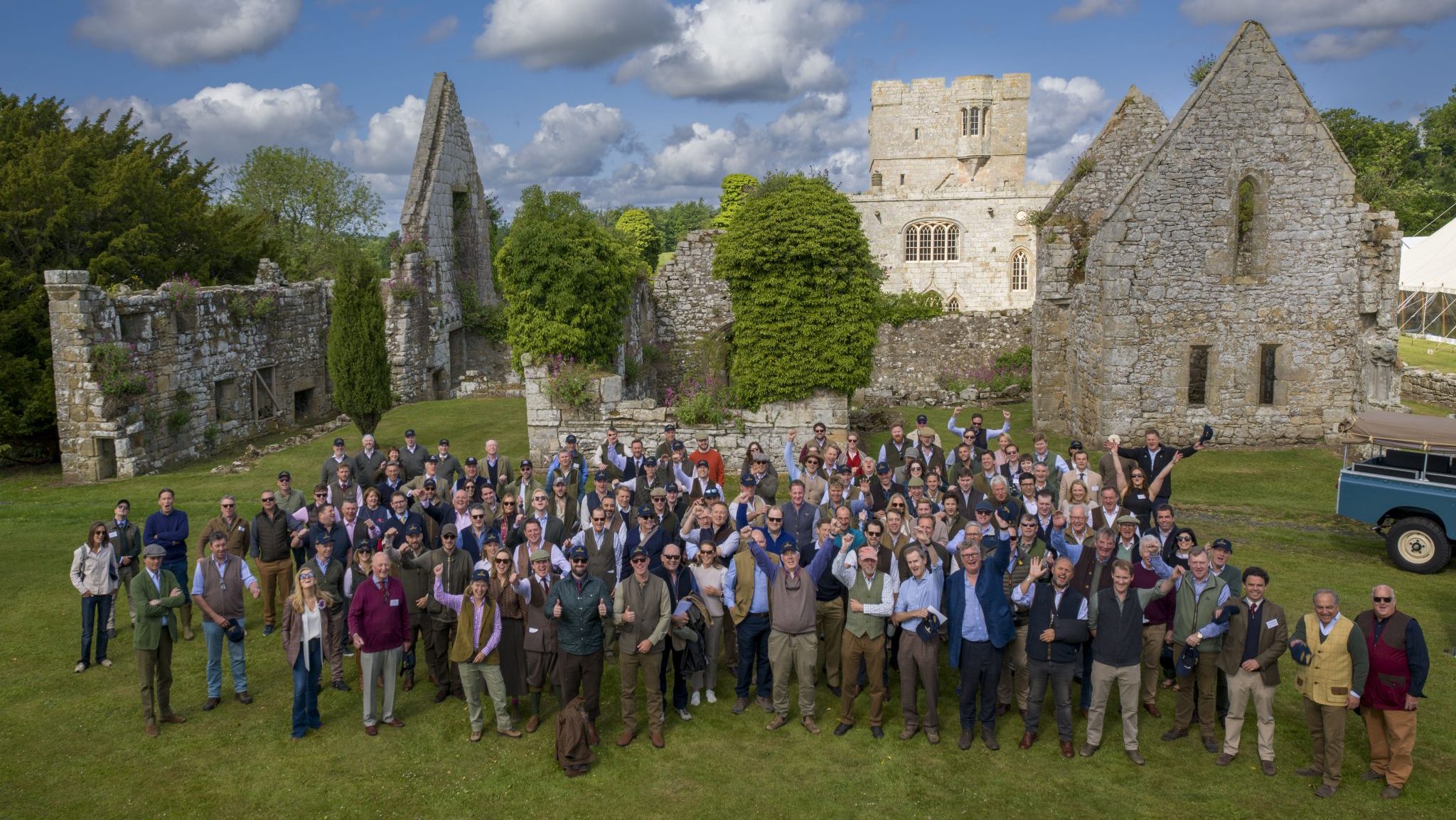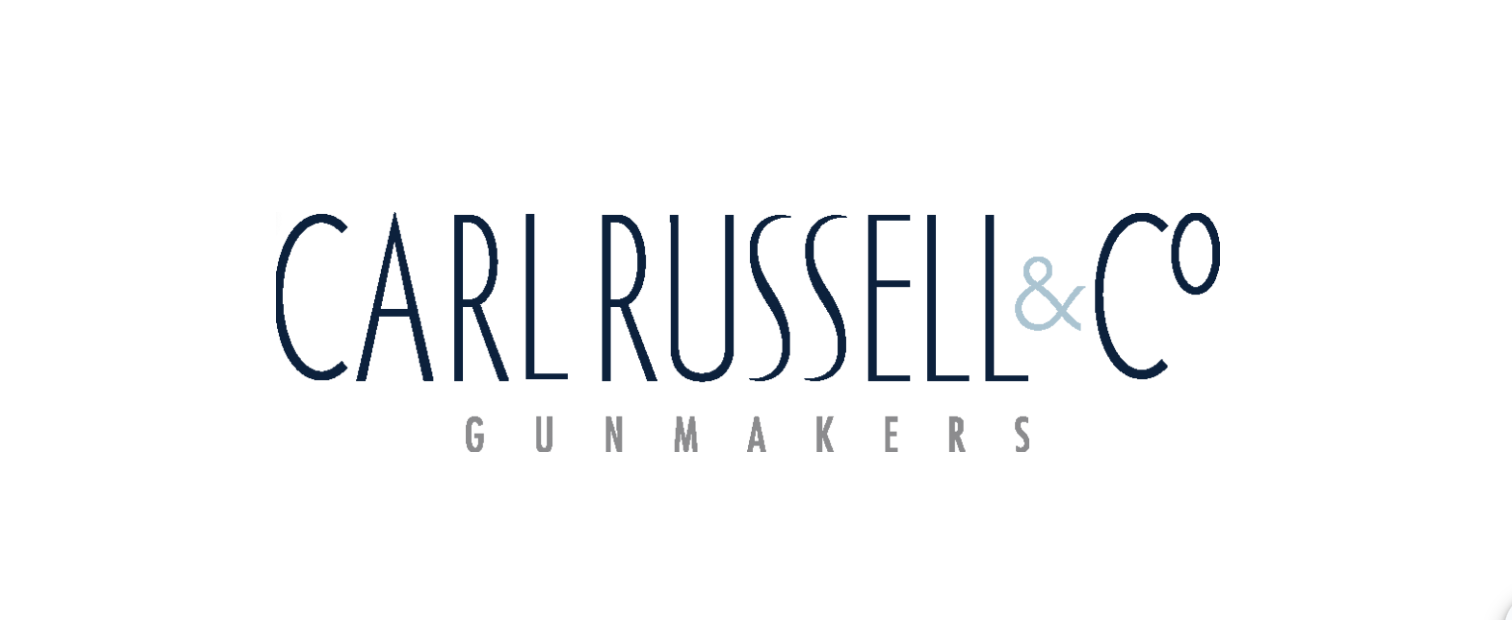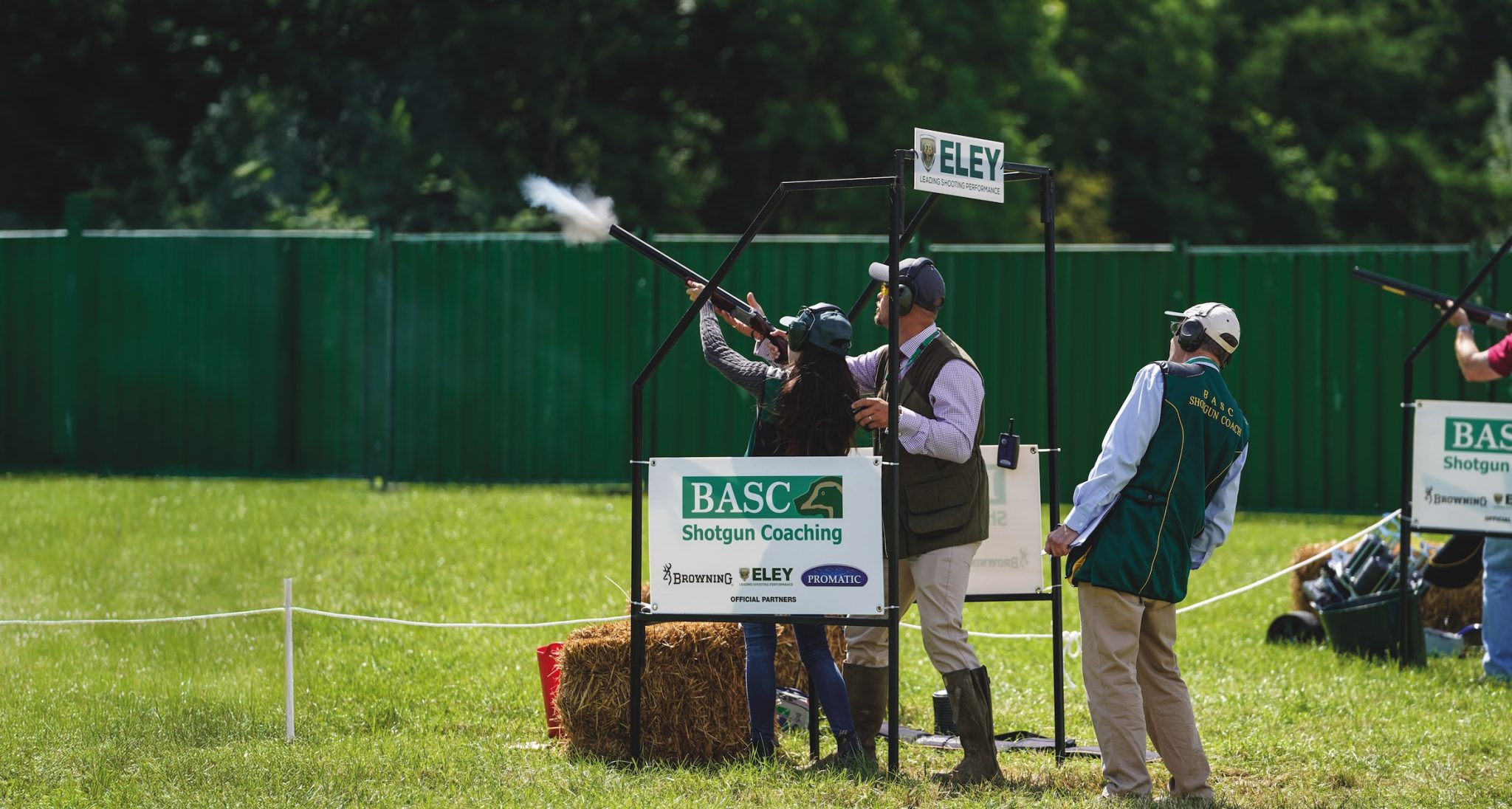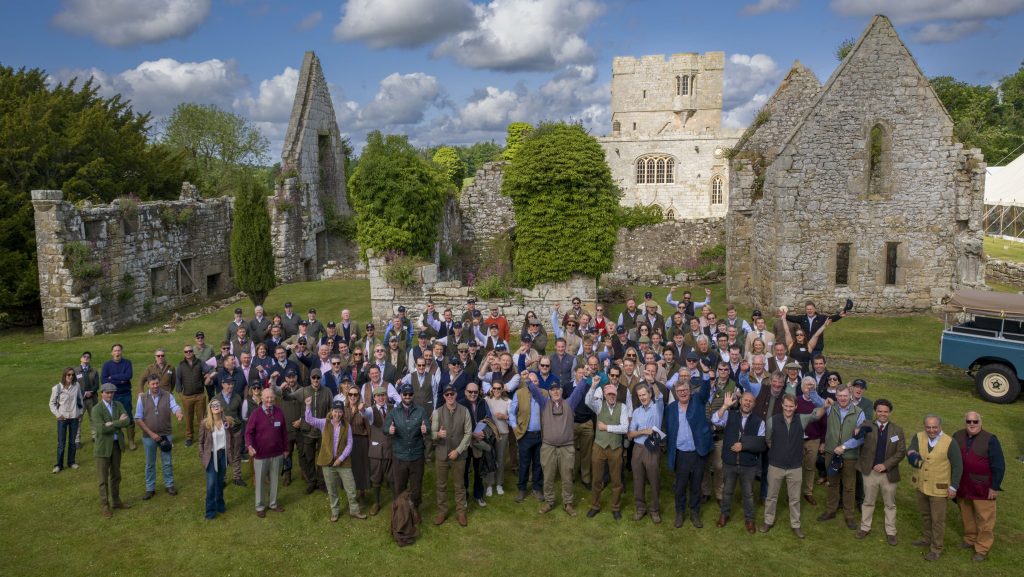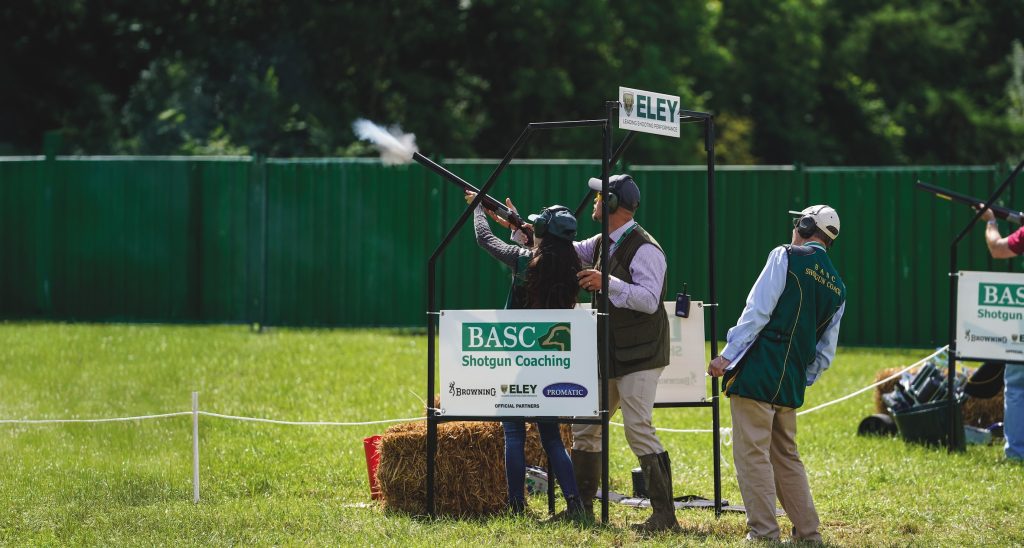News
When shooting I always add too much lead!
When clay pigeon shooting I have a tendency to over lead everything - and despite being aware of the problem I find it hard to cut back because part of me thinks I will then miss behind. Am I seeing lead differently to other people?
Would you like to speak to our readers? We offer sponsored articles and advertising to put you in front of our audience. Find out more.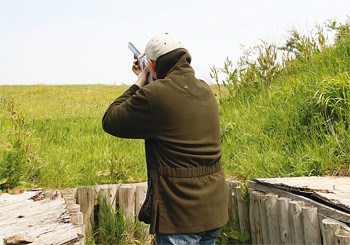
Clay pigeon shooting
JOHN BIDWELL
In the big scheme of things a miss is a miss whether it’s behind or in front. But of the two I know which one I’d rather be guilty of doing – and that’s a miss in front.
Over leading a target always leaves a slim chance that we might actually hit the thing, but shooting behind gives no possibility of a strike.
If you shoot follow-through or the pull-away method then, yes, the lead you see will be different to what anyone else sees because both techniques rely on speed of swing to put the shot on a collision course with the target.
Target height, distance, angle and speed also have an impact on how quickly (or slowly) you move the gun.
And this doesn’t take into account your own reaction time to seeing the bird, moving the gun, pulling in front and getting your brain to send the signal to the trigger finger to fire the cartridge.
In fact variable speed of swing is the reason some people say the target they’ve just hit needed three feet of lead, someone else said 6 inches and yet another swore it demanded 6 feet.
When all said and done it’s down to you to come to terms with the technique you use and how that all’s relates to forward allowance and the birds you’re shooting at.
You quite soon start learning by creating pictures of lead and how much different targets require.
Take comfort from the fact that many people automatically fire AT a target and can’t get it into their heads to pull in front – you, at least, have a head start so to speak.
Experiment with the position of your gun hold in relation to where you first see the target; take it back a bit at a time and see what effect that has.
Or if that doesn’t appeal, then adopt your usual ready position but force yourself to shoot just off the front of the bird and gradually increase the lead until you start to hit it.
Related articles
News
Duke's Challenge raises record-breaking £685,000 for GWCT
The shooting community has backed wildlife conservation in spectacular fashion, raising a record-breaking £685,000 for wildlife conservation
By Time Well Spent
News
‘So what exactly do you lot do, then?’
You’d be surprised how many projects staff and volunteers deliver, as well as BASC’s vital work helping members, says Conor O’Gorman
By Time Well Spent
Manage Consent
To provide the best experiences, we use technologies like cookies to store and/or access device information. Consenting to these technologies will allow us to process data such as browsing behavior or unique IDs on this site. Not consenting or withdrawing consent, may adversely affect certain features and functions.
Functional Always active
The technical storage or access is strictly necessary for the legitimate purpose of enabling the use of a specific service explicitly requested by the subscriber or user, or for the sole purpose of carrying out the transmission of a communication over an electronic communications network.
Preferences
The technical storage or access is necessary for the legitimate purpose of storing preferences that are not requested by the subscriber or user.
Statistics
The technical storage or access that is used exclusively for statistical purposes.
The technical storage or access that is used exclusively for anonymous statistical purposes. Without a subpoena, voluntary compliance on the part of your Internet Service Provider, or additional records from a third party, information stored or retrieved for this purpose alone cannot usually be used to identify you.
Marketing
The technical storage or access is required to create user profiles to send advertising, or to track the user on a website or across several websites for similar marketing purposes.

